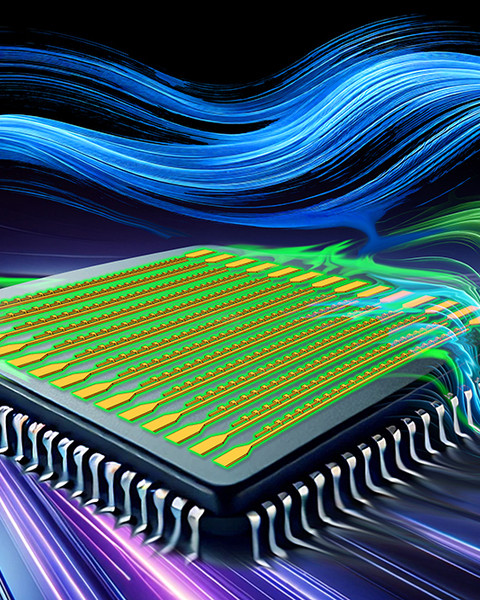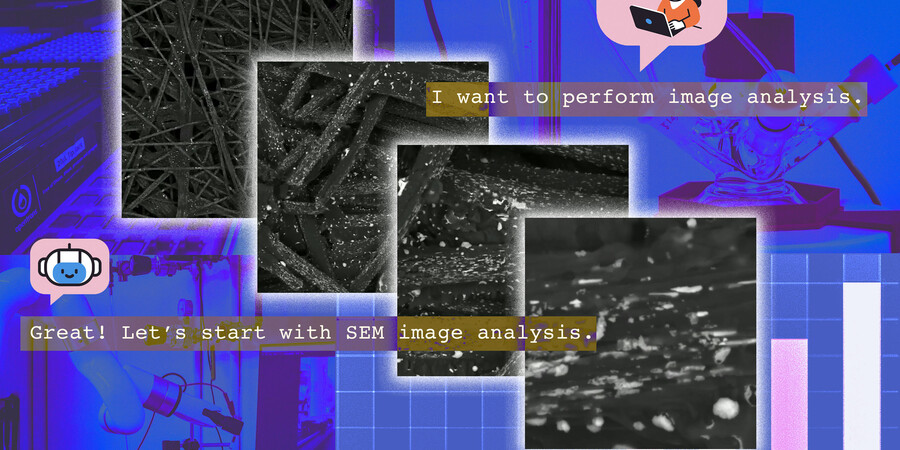September 4, 2024
Imagine how a phone call works: Your voice is converted into electronic signals, shifted up to higher frequencies, transmitted over long distances, and then shifted back down so it can be heard clearly on the other end. The process enabling this shifting of signal frequencies is called frequency mixing, and it is essential for communication technologies like radio and Wi-Fi.
Now imagine a frequency mixer that works at a quadrillion (PHz, petahertz) times per second. The MIT team’s demonstration of a lightwave-electronic mixer at petahertz-scale frequencies is a first step toward making communication technology faster, and progresses research toward developing new, miniaturized lightwave electronic circuitry capable of handling optical signals directly at the nanoscale.
Complete article from MIT News.
Explore
MIT Physicists Observe Key Evidence of Unconventional Superconductivity in Magic-angle Graphene
The findings could open a route to new forms of higher-temperature superconductors.
Jennifer Chu | MIT News
A “seating chart” for Atoms Helps Locate Their Positions in Materials
Jennifer Chu | MIT News
The DIGIT imaging tool could enable the design of quantum devices and shed light on atomic-scale processes in cells and tissues.
AI System Learns from Many Types of Scientific Information and Runs Experiments to Discover New Materials
Zach Winn | MIT News
The new “CRESt” platform could help find solutions to real-world energy problems that have plagued the materials science and engineering community for decades.




